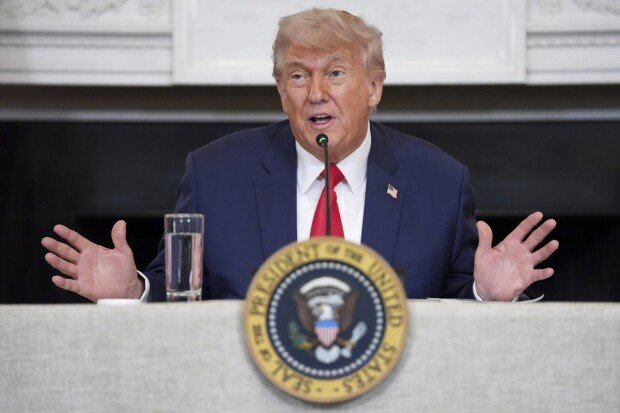U.S. eyes broader military role in Indo-Pacific
U.S. eyes broader military role in Indo-Pacific
Posted June. 12, 2025 07:33,
Updated June. 12, 2025 07:33

The U.S. administration has once again urged its allies to join in applying military pressure on China as it develops the National Defense Strategy (NDS) to guide the second Trump administration’s defense policy. Experts say this reflects Washington’s intent to redefine the role of U.S. Forces Korea, emphasizing the need for Asian countries to boost military spending and the importance of “maximum flexibility” for U.S. forces. However, South Korea was not explicitly mentioned.
On Tuesday, U.S. Under Secretary of Defense for Policy Elbridge Colby posted on X (formerly Twitter) about Secretary of Defense Pete Hegseth’s testimony before the House Budget Committee. The testimony outlined the Trump administration’s defense priorities and the fiscal year 2026 defense budget plan. Colby highlighted Hegseth’s remarks from the recent Shangri-La Dialogue, an Asian security conference in Singapore, where the secretary stressed that Asia-Pacific allies must significantly increase defense spending.
In his written response, Secretary Hegseth warned that Beijing is preparing for war in the Indo-Pacific region. He added that if China achieves this goal, it could disrupt U.S. reindustrialization efforts and threaten the American economy. “Such a scenario must not materialize,” he said firmly, adding that the Department of Defense will prevent it.
Last Saturday, China’s two aircraft carriers, the Liaoning and Shandong, crossed the South China Sea to enter the Philippine Sea for the first time with escort ships. This move is seen as a provocative gesture signaling China’s claim to maritime authority beyond the U.S.-defined strategic defensive line. Two days later, the U.S. nuclear-powered aircraft carrier USS Nimitz entered the South China Sea following the departure of the Chinese carriers.
Recognizing China’s military threats as immediate and tangible, Washington is expected to intensify its pressure on Beijing. In his congressional testimony on Tuesday, Secretary Hegseth said nuclear deterrence remains the highest priority for homeland defense. He also pledged to promote “maximum flexibility” for U.S. forces and strengthen cooperation with allies to counter China’s provocations across the Indo-Pacific.
The term “maximum flexibility” refers to securing the broadest possible strategic options for deploying U.S. and allied military forces. Rather than restricting U.S. forces to specific regions or missions, the administration seeks to maintain a wide range of responses to China’s threats.
These shifts align with ongoing discussions within the Trump administration about redefining or reorganizing the role of U.S. Forces Korea. The new approach seeks to ensure that U.S. forces are not limited to defending the Korean Peninsula against North Korea but can also be deployed to nearby areas, including Taiwan, in the event of conflict. Even before taking office, Deputy Secretary Colby expressed the view that U.S. Forces Korea’s mission should shift from focusing on North Korean defense to deterring China, while South Korea should assume greater responsibility for its own defense.
Na-Ri Shin journari@donga.com







